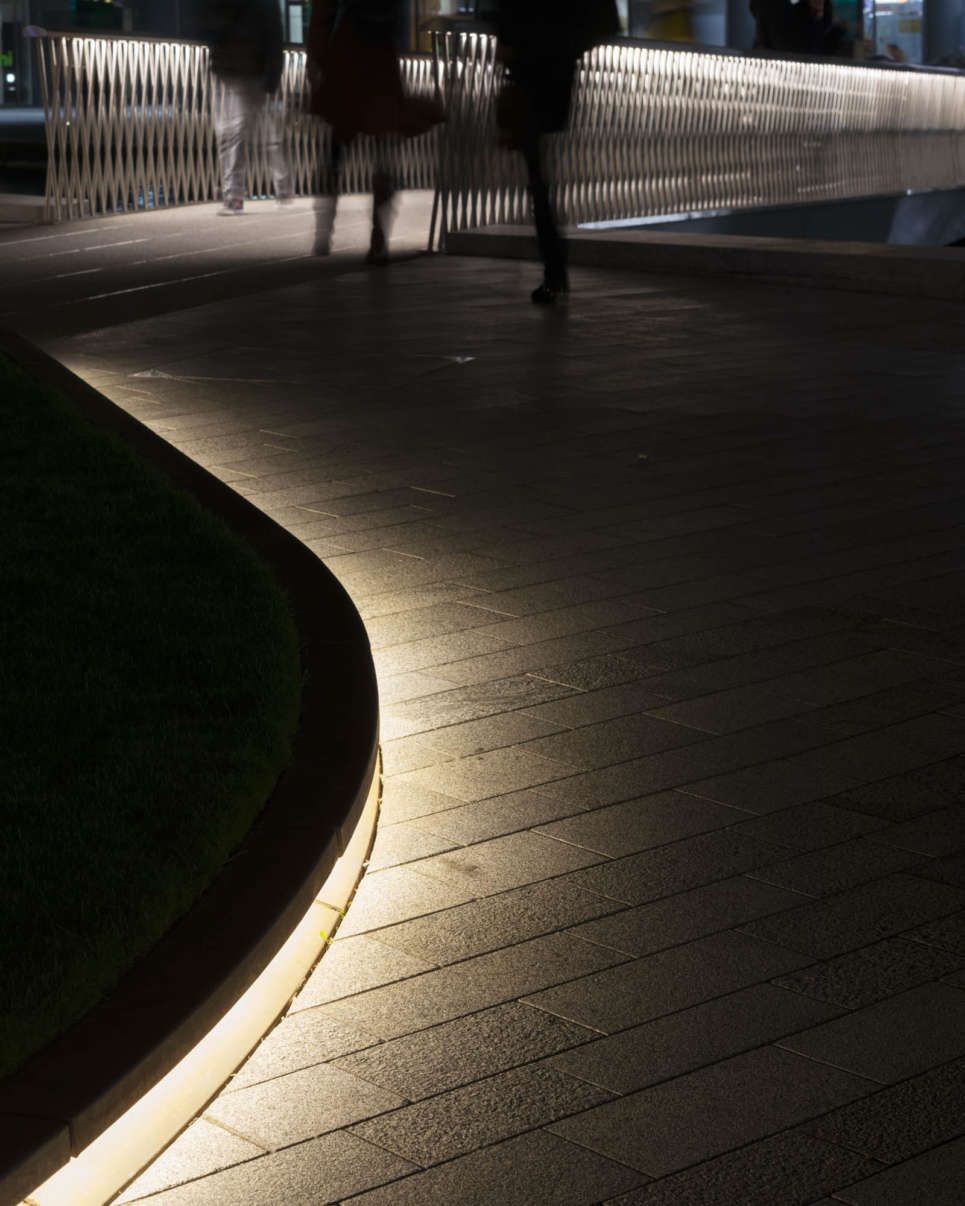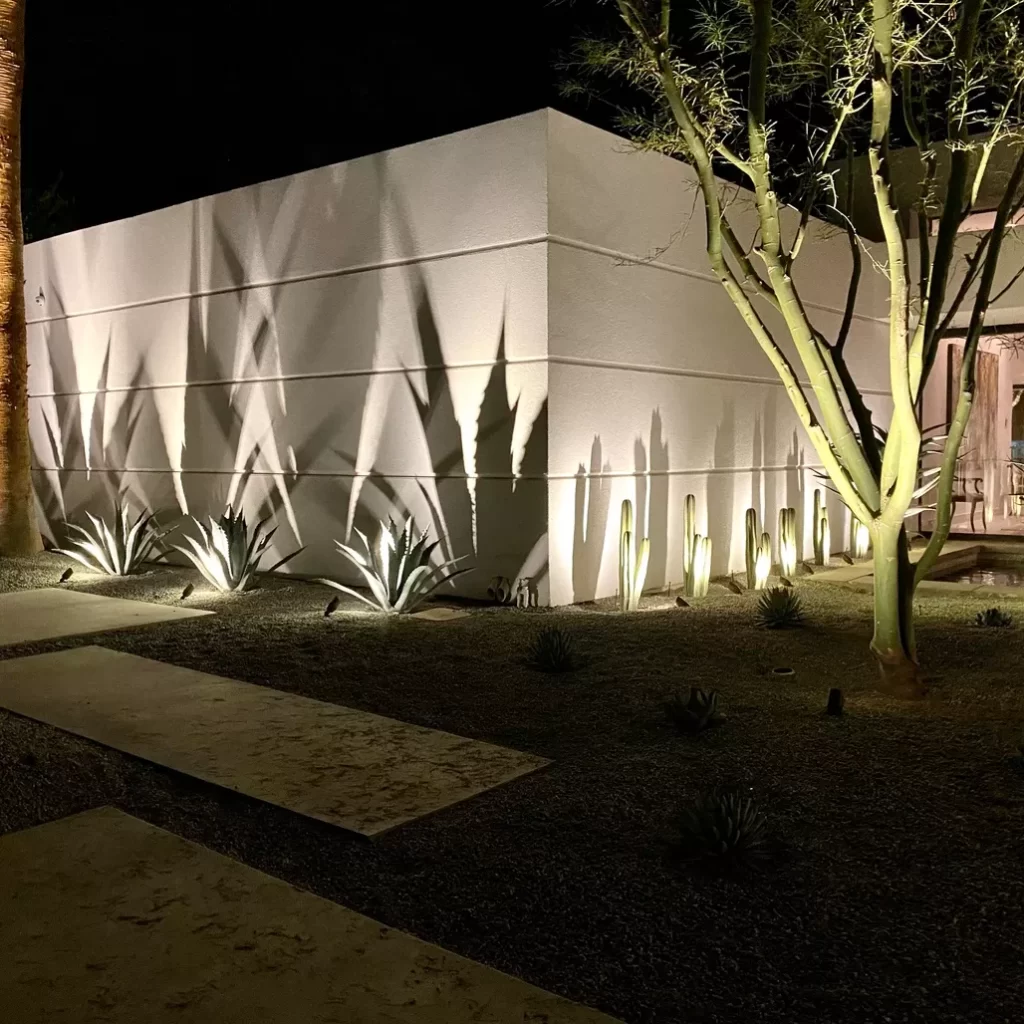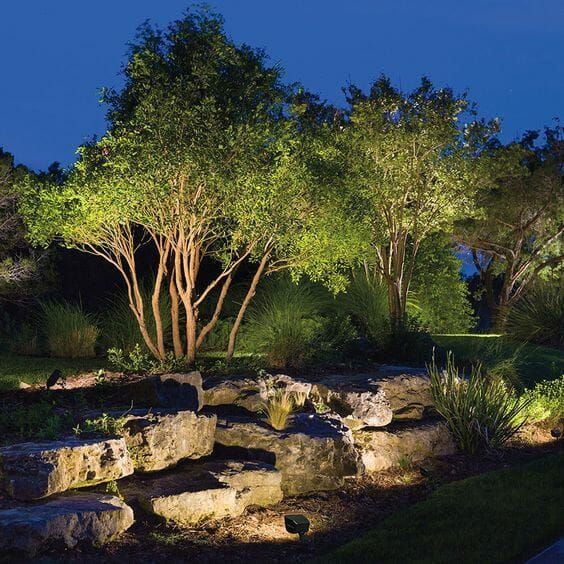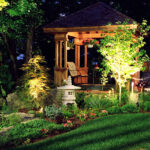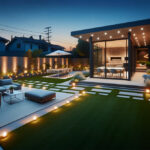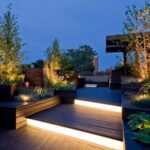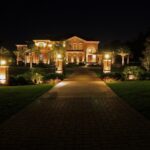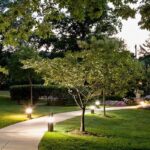Landscape lighting design is an essential element of any outdoor space, as it not only enhances the beauty of the landscape but also provides safety and security. Properly designed and installed outdoor lighting can transform a dull and dark yard into a vibrant and inviting oasis. From highlighting architectural features to illuminating pathways and gardens, landscape lighting can make a significant impact on the overall aesthetics of a property.
One of the key principles of landscape lighting design is layering. Just like in interior lighting design, outdoor lighting should also incorporate different layers of light to create depth and visual interest. This can be achieved by using a combination of techniques such as uplighting, downlighting, and path lighting. Uplighting is used to highlight tall trees or architectural elements, while downlighting can illuminate pathways and seating areas. Path lighting, on the other hand, helps to guide visitors safely through the landscape.
Another important aspect of landscape lighting design is using the right fixtures. There are a variety of lighting fixtures available, including floodlights, spotlights, path lights, and well lights. The choice of fixture will depend on the specific requirements of the space and the desired effect. For example, well lights are ideal for illuminating trees or bushes from below, while spotlights can be used to highlight focal points, such as a fountain or sculpture.
It is also crucial to consider the type of light source when designing a landscape lighting plan. Traditional incandescent bulbs are being phased out in favor of more energy-efficient options such as LED lights. LED lights not only consume less energy but also have a longer lifespan, making them a cost-effective choice for outdoor lighting. Additionally, LED lights come in a range of color temperatures, allowing the designer to create different moods and effects in the landscape.
To create a cohesive and unified look, it is important to plan the placement of lighting fixtures carefully. Lighting should be evenly distributed throughout the landscape to avoid dark spots and harsh shadows. It is also essential to consider the aesthetics of the fixtures themselves; choosing fixtures that complement the style of the property can enhance the overall design of the outdoor space. Additionally, incorporating timers or sensors can help to automate the lighting system and save energy.
In conclusion, landscape lighting design is an art form that requires careful planning and attention to detail. By following key principles such as layering, using the right fixtures and light sources, and strategically placing fixtures, designers can create a stunning outdoor environment that not only looks beautiful but also enhances the functionality and safety of the space. With the wide range of lighting options available today, there is no limit to the creativity and customization that can be achieved in landscape lighting design.
